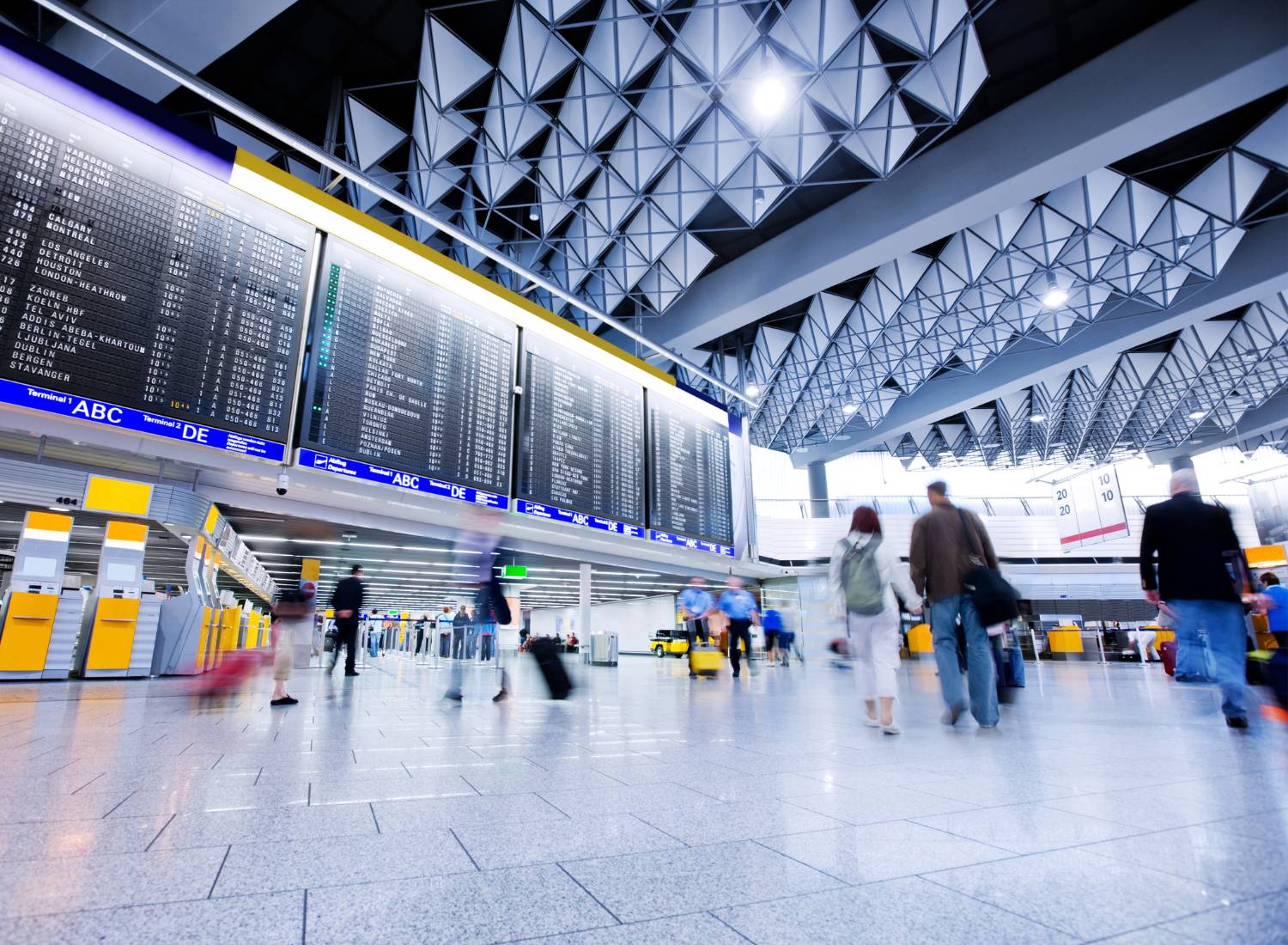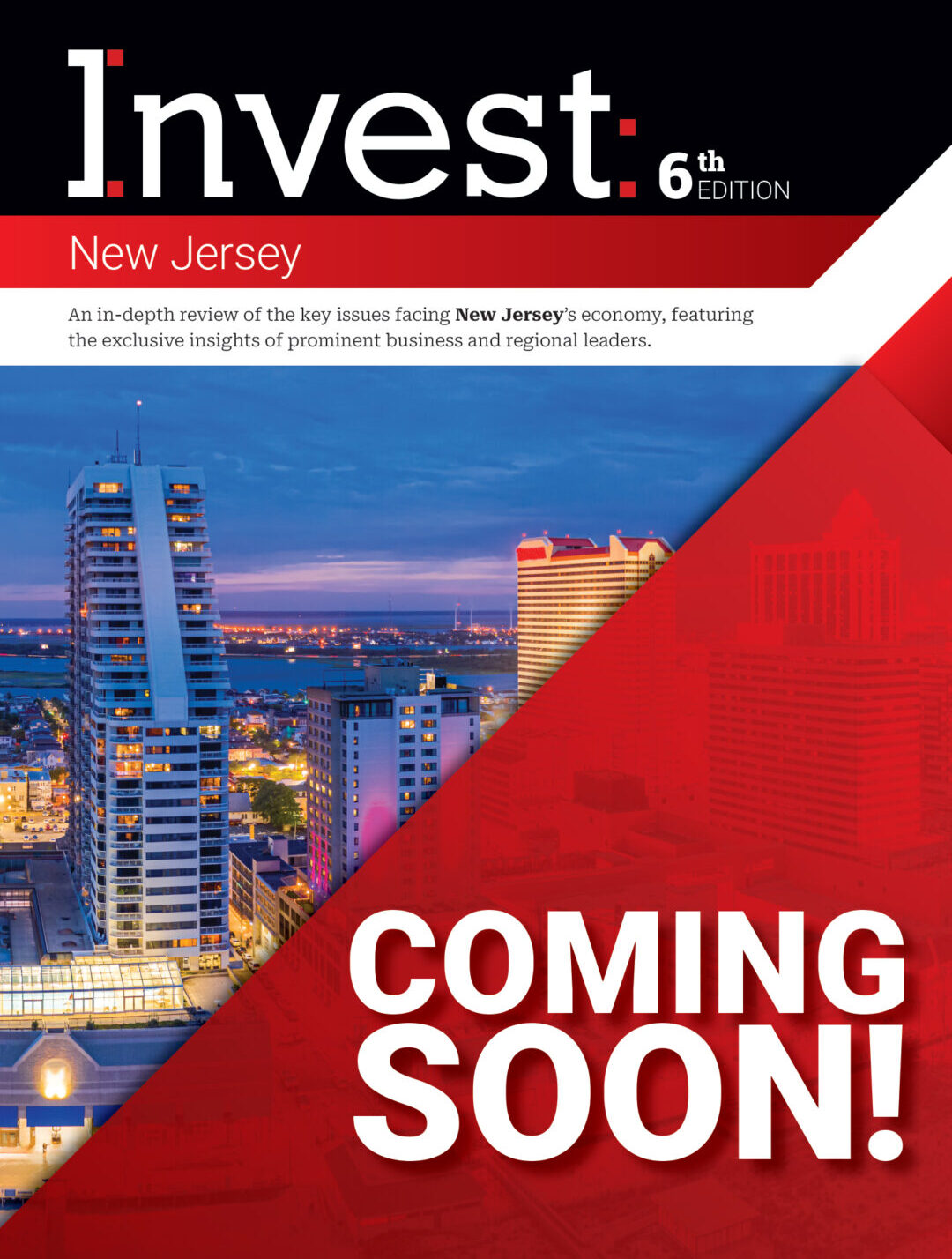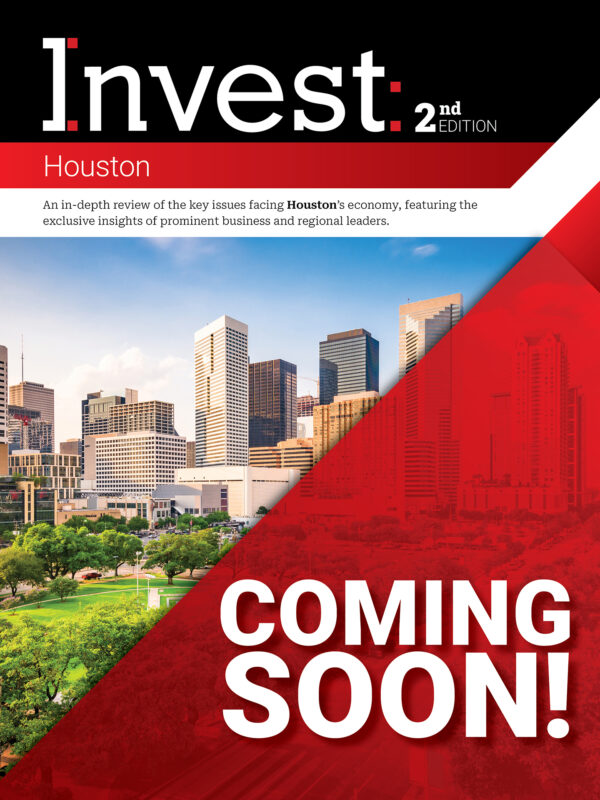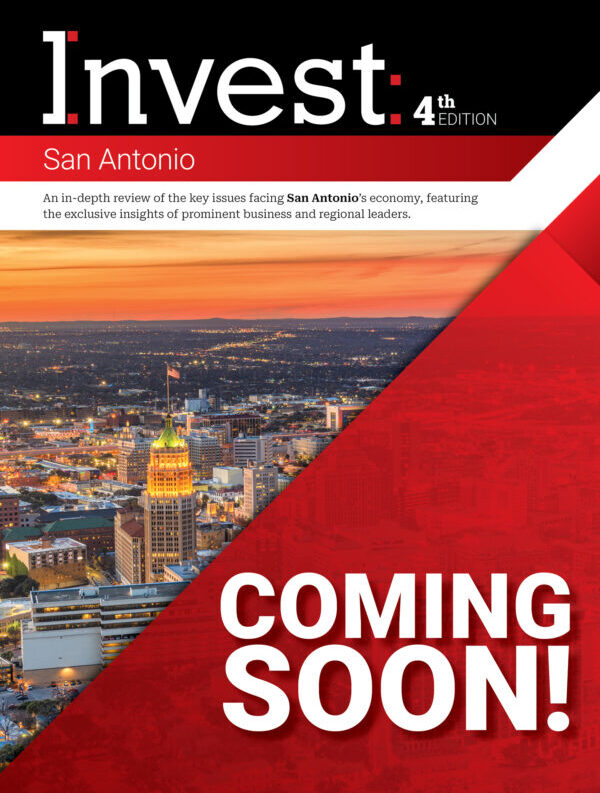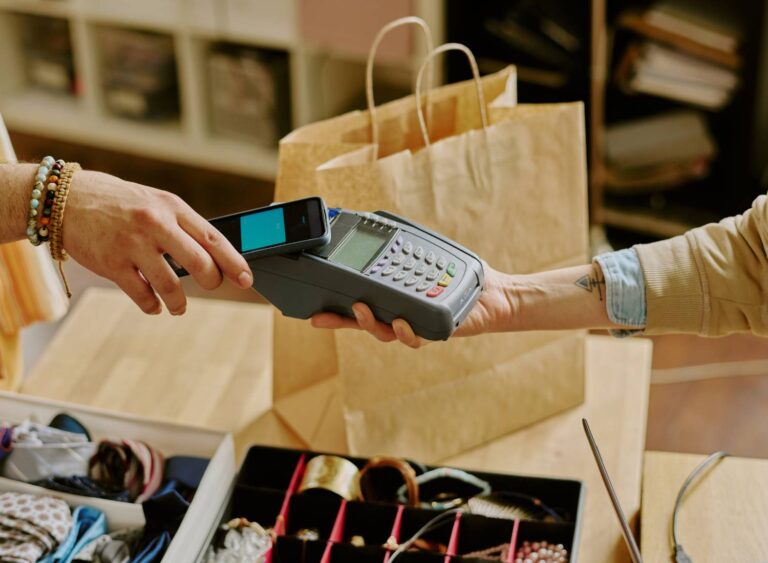Byron Sutton, Chairman, President & CEO, World Trade Center Orlando
In an interview with Invest:, Byron Sutton, chairman, president, and CEO of the World Trade Center Orlando, talked about how Orlando has transformed into an international city, how their partnerships are driving international business, and how the Brightline train will significantly stimulate economic growth and tourism across different regions of Florida.
How has Orlando transformed into a hub for international trade?
Well, I will probably use my favorite analogy. When we started years ago, the mayor asked me to meet with the Orlando Sentinel. At the end of the meeting, one of the head writers, Dick Marlo, said, “Byron, not in your lifetime is Orlando going to become an international city. We are in tourism.” Years later, when Dick retired, he sent me a letter saying, “While I slept, Orlando became an international city.” We have come a long way in the last 40 years in Orlando.
How has the growth of the World Trade Center Orlando and the World Trade Association of Florida contributed to the overall expansion of trade in the state?
The growth has just been phenomenal. I am the president of the World Trade Center Orlando and the World Trade Association of Florida, comprising five World Trade Centers statewide. We meet regularly, and I formed the board over 30 years ago. As a result, I serve on the Enterprise Florida stakeholders board.
Our main operation is in Orlando, where we have seen phenomenal growth. Using Enterprise Florida’s numbers, when we started the World Trade Center, trade in Florida was a $30 billion a year business. Tourism and trade cost $30 billion annually, which was considered phenomenal.
Today, trade exceeds $330 billion in Florida, equally divided across the state. In the last 30-plus years, trade has grown from $30 billion to $330 billion. One of every four jobs in Florida, including Orlando, is directly related to trade. This $330 billion does not include tourism, which has grown from $30 billion to $50 billion in the same period.
Tourism jobs typically pay above minimum wage, while trade jobs pay about 25% more. The last eight governors have appointed me to Enterprise Florida’s stakeholders council, recognizing that trade is crucial for Florida’s economic future.
How have your partnerships, especially with the convention center, contributed to facilitating international business over the past 30 years?
Our partnership with the convention center in Orlando handles a staggering amount of business.
For the last eight years, we have operated around our head offices in the convention center and partnered with them. Our three biggest customers are Lockheed Martin, the Orlando Convention Center, and the Orlando Airport. All three are driving forces for international business.
The convention center hosts many domestic conventions, but throughout the year, several conventions are directly related to international trade. Our partnership with the convention center over the last 30 years has been crucial because many attendees want to do business here. We assist them in finding local contacts, identifying key companies, and setting up meetings to facilitate trade opportunities while they are here.
In what ways does Florida’s diverse range of export products showcase the state’s competitive advantage and potential for further trade growth?
Firstly, it is important to understand that trade in Florida is equally divided between the northern, central, and southern regions. There is no question about it. I have spoken across the state, including at the University of Florida, and people often assume most international trade happens in Miami. But that is not true. For example, Jacksonville handles staggering amounts of international business, including billions of dollars in automobiles and parts. The northern part of the state, including the Pensacola area, sees significant trade through ports connecting to Alabama, Georgia, and the Southeast.
All 67 counties in Florida engage in international trade. In February, major exports included computers, vaccines, and office machine parts. The U.S. prides itself on using the latest technology immediately, but many innovations become brand new for South America. Our hospitals’ MRI machines are top-notch for us and are highly valued in other parts of the world.
Florida imports and exports thousands of cars monthly. The secondary automobile industry is a significant export asset, visible through numerous auto auctions in Orlando. Across the state, we see countless examples of products other countries want, from technology to vehicles, showcasing our broad and impactful trade network.
What lasting impact do you see Brightline’s expansion having in the state?
I think it is phenomenal. I have been an advocate since we first started discussing it years ago. I have served on numerous committees statewide to explore its best use. Personally, my granddaughter, a freshman at Florida Atlantic University in Boca, will be able to visit me in Orlando regularly, which makes my day.
I came to Florida from the airline industry almost 40 years ago. This train is long overdue. Visitors to Orlando often want to explore the state, which provides that opportunity. The Brightline train, running at 180 mph, connects Orlando to South Florida, offering unlimited opportunities. It will eventually extend to Tampa, Jacksonville, and maybe even Atlanta.
We do not have enough airplanes or airspace to meet the travel demand between Orlando and South Florida or Tampa. This train picks up the slack. I lived in London for five years, commuting. The train from London to Paris, running under the channel, inspired me. Similarly, Brightline will be a real game changer.
We could use fewer parking garages and more retail and restaurants. It would allow people to go to Miami Beach for lunch and return the same afternoon, especially with the trade shows and conventions in Orlando.
What makes Central Florida a great place to live and do business?
We have been saying this for years. Every day, 330 people move to Central Florida. They need grocery stores, movie theaters, restaurants, hospitals, and medical care. That is why our road construction and airport expansion, including the new international terminal, are booming. There is no doubt that Central Florida is highly desirable.
Orlando is a major hub for business, not just tourism. If you stick a pin in Orlando on a map and drop a string, it does not touch South America as it is all east of that line. This means South American businesses must go through Orlando to reach the U.S. Everyone in South America likely has a contact in Orlando or Florida. They trust us, which is why we succeed in international business. Half the $330 billion in annual trade is goods, and the other half is services. To do business in South America, you need a partner in Florida because of our different tax laws and regulations. Our professional firms have strong ties to South America, making business easier.
Many Orlando stakeholders have an international mindset. For example, one major law firm found that over 20% of its business comes from South America. This surprises many, but seeing the ships in our deep-water ports shows how much we move goods globally.
